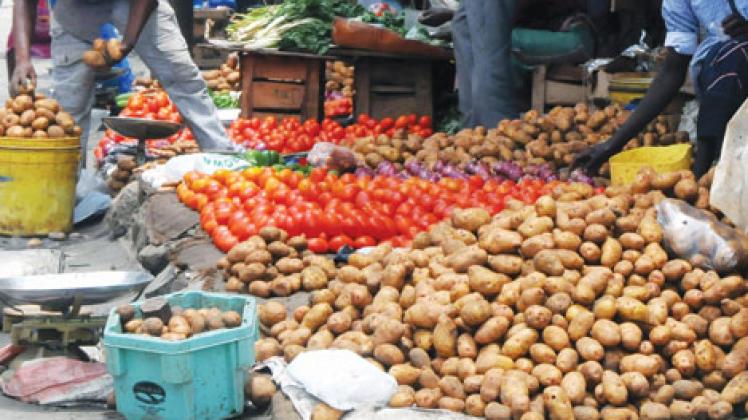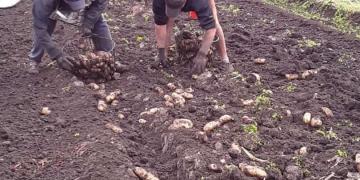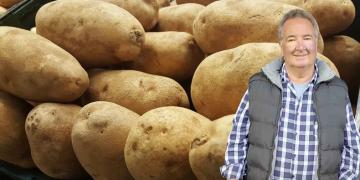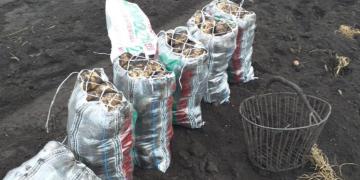India: Revolutionising potato seed production in India
In the past five decades, potato production in India has steadily increased from around 8.3 million tons in 1980 to 48.6 million tons in 2017, an increase of more than 500 percent.

India is the second largest producer and consumer of potato in the world. In the past five decades, potato production has steadily increased from around 8.3 million tons in 1980 to 48.6 million tons in 2017, an increase of more than 500 percent.
In the past ten years, the production has increased more than 60 percent with both area and yield contributing to the increase. The national average potato yield in 2017 was around 24 tons per hectare. However, there is wide variations in yield level within India, ranging from 31.5 tons per hectare in Gujarat to 10 tons per hectare in Assam.
Among different constraining factors for yield growth, the limited availability of quality seed material is considered as the most important factor for lower yield levels in eastern states. The high cost of seed, which accounts for 40-50 percent of the total cost of production, has been a key deterrent for small farmers to take up production in many of these states.
In India, potato seeds are produced in Punjab using seed plot technique and aeroponic technology and transported up to 2,000 km to potato growing states of eastern and southern India. The high transportation cost is borne by the poor farmers who have to pay high seed prices as well. To make matters worse, the high price does not guarantee high quality, thus making it difficult for small and marginal farmers to invest such a large sum in seed purchases which accounts for nearly half of the total cost of production. The spread of aeroponic technology has been limited to Punjab because of its high capital requirement and long gestation period of nearly four years.
If a low-cost technology can be made available to produce seed potato at cheaper price then these eastern and southern states have immense potential to increase potato production by improving productivity and lowering cost of production. The soil and environment in many parts of the eastern and southern regions are suitable for cultivating potato seed in rabi season (October-March) and in some areas like Hassan in Karnataka and Koraput in Odisha it can be grown in kharif season (July-October) also. Specifically, the northeastern states could be potato seed hub supplying seeds to West Bengal, Odisha and Bihar.
Apical Rooted Cuttings
Apical rooted cuttings could be the answer to India’s long-standing potato seed problem by decentralizing seed production and bringing it closer to the production belts. The apical cuttings are alternative to the current aeroponic seed production system. Both aeroponics and apical cuttings involve tissue culture plantlets. In aeroponic, tissue culture plantlets are used to produce mini tubers using capital intensive aeroponic technology in screen houses, whereas in apical cuttings the tissue culture plantlets are used as mother plants in coco pits for producing cuttings.
In six weeks, one mother plant can be multiplied to produce 8 plants (Figure 1) and the number goes to more than 15 in 12 weeks. These cuttings are transplanted on the seed bed and once rooted, are moved to net houses or open field for producing mini tubers or seed tubers. This low-cost technology has been practised in Vietnam for decades.
Source: outlookindia.com
Fuente: https://www.freshplaza.com/article/9113506/revolutionising-potato-seed-production-in-india/







